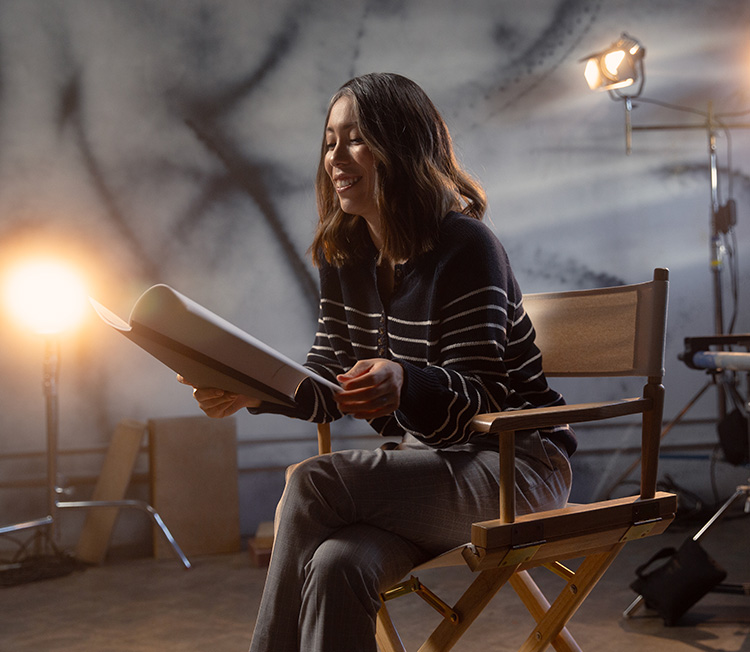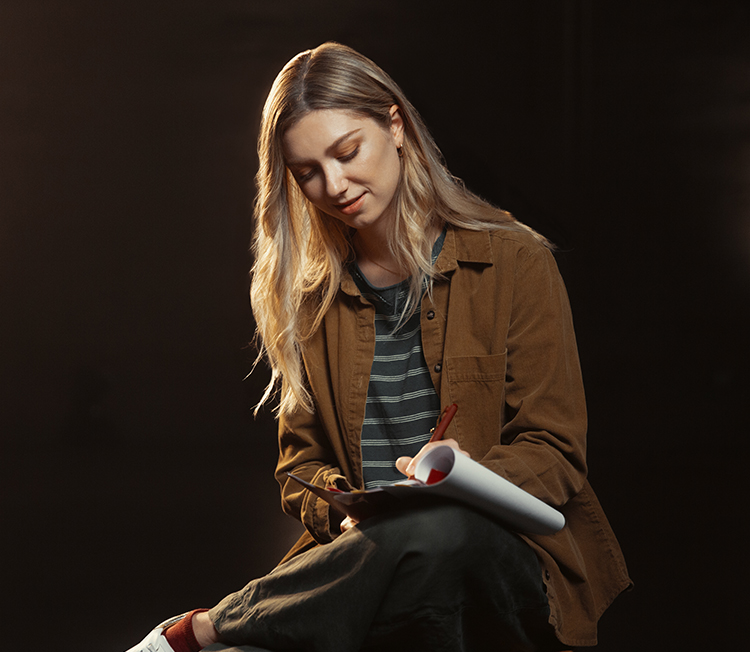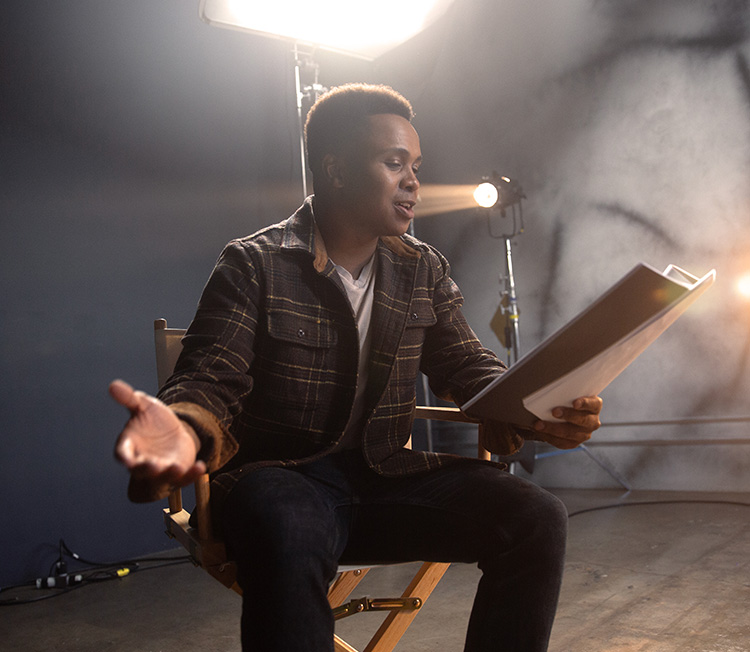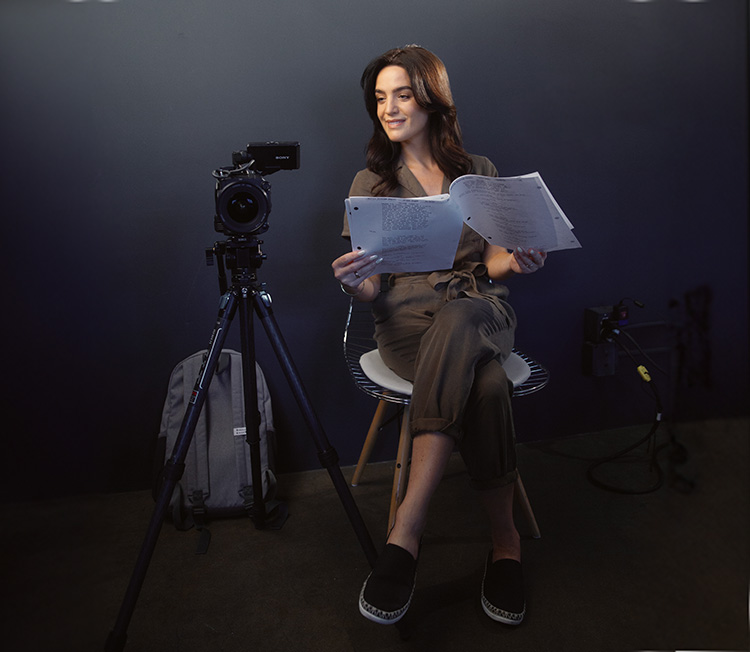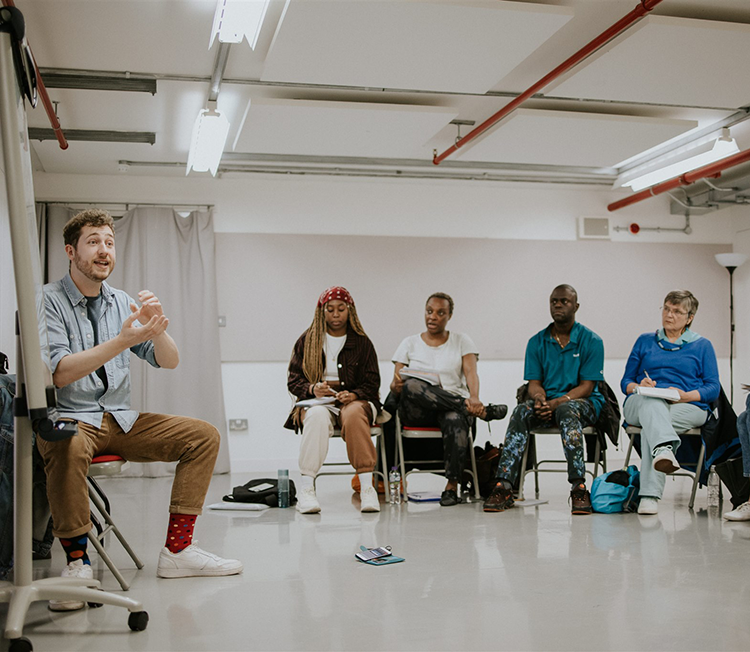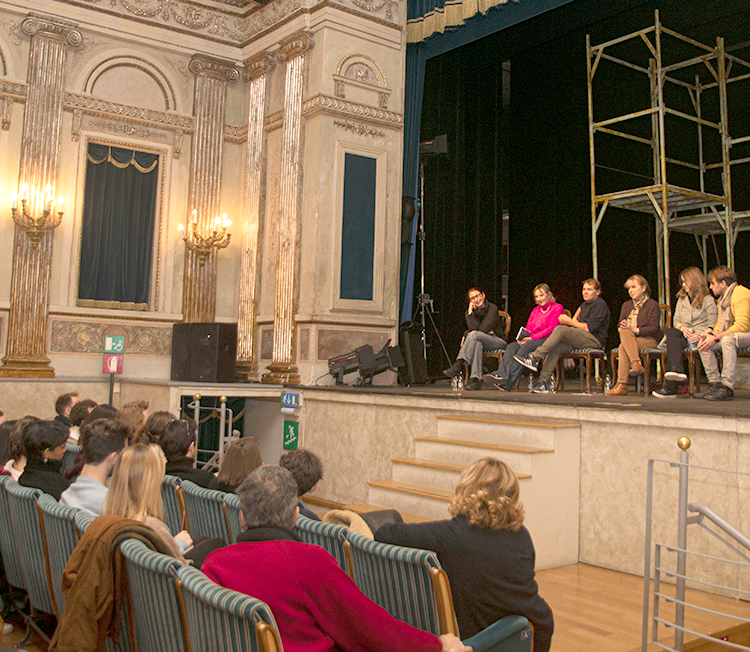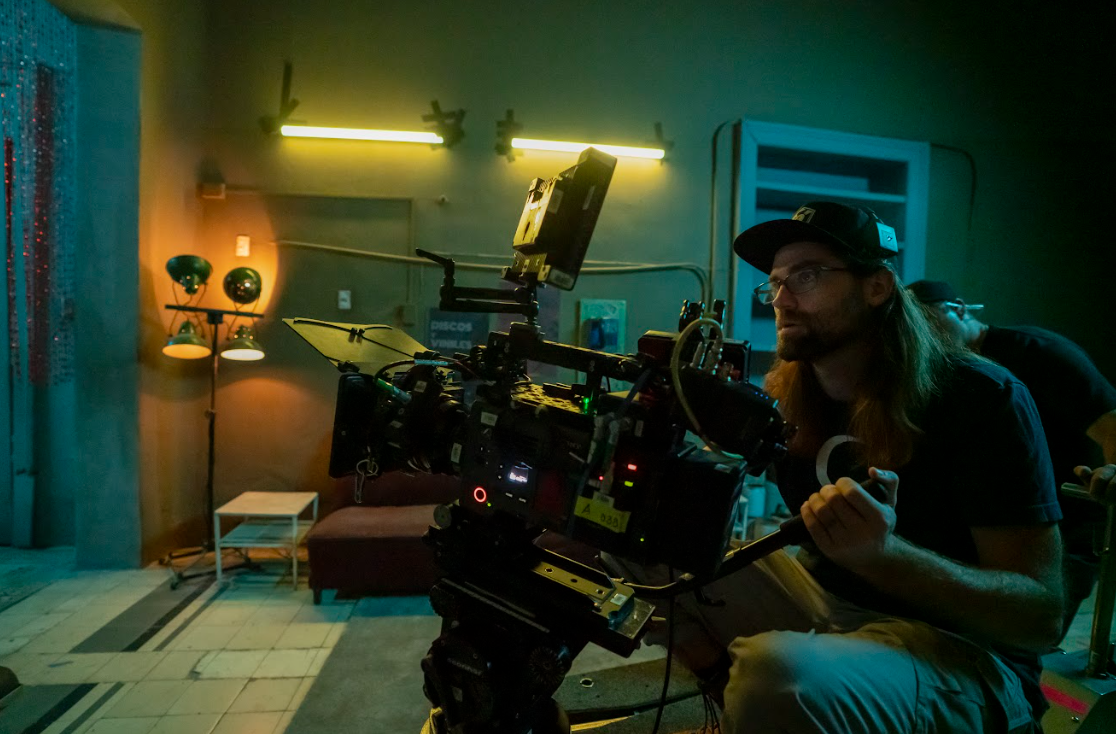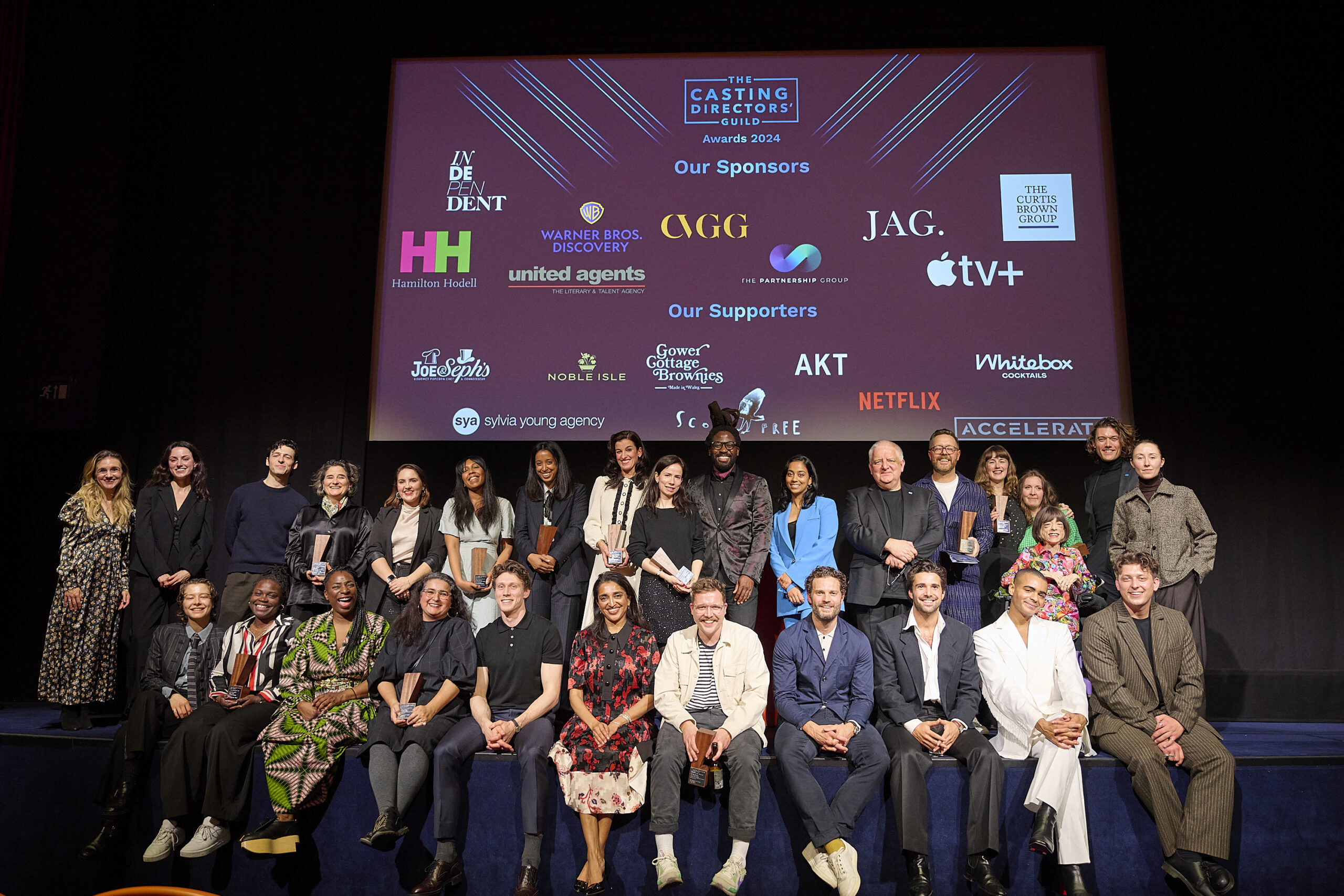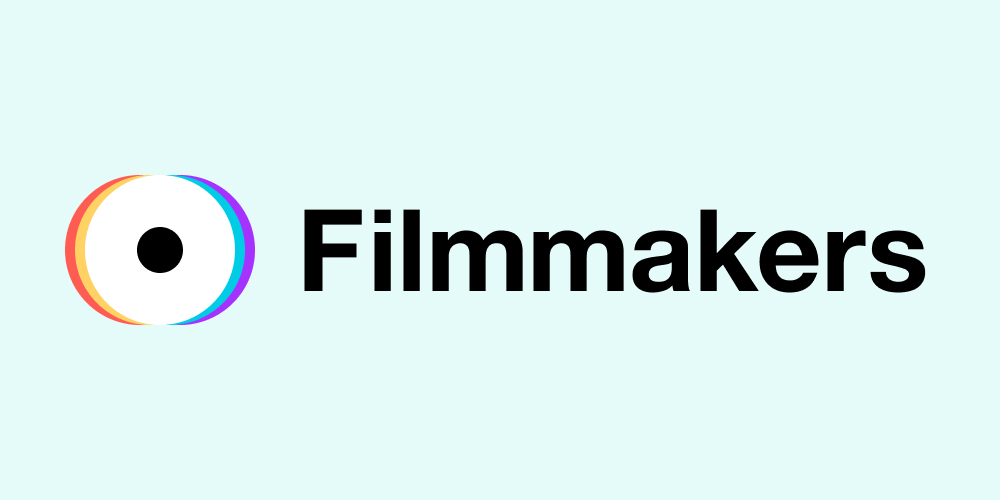Cinematographer Nicholas Matthews on working on ‘Saw X’, getting into cinematography, and how lighting and colours enhance the horror of film scenes
Nicholas Matthews is a highly skilled cinematographer based in Los Angeles, with an impressive portfolio under his belt. He has lent his artistic vision to a number of films and music videos, and has crafted award-winning commercials for esteemed brands such as ‘Nike’ and ‘Specialized Bikes’.
Most recently, he captured gripping scenes for Lionsgate’s Saw X in Mexico City. We sat down with him to discuss what it was like working behind the camera to tell the narrative of the acclaimed Saw X
Hi Matthew! How did you get the opportunity to be the cinematographer for ‘Saw X’?
It was a whirlwind. It kind of came from the last movie I shot. My feature rep at ZeroGravity, Alex Franklin, had worked on some of the early Saw films as an executive at Lionsgate before working as an agent. They were looking for a [director of photography]. It was going to be non-union and set to shoot in Mexico City, and at the time I was non-union, so it was a fit. I shot a movie in Mexico City probably five years ago, so I knew the process.
It’s a little bit of a different approach and it’s really just a structural thing, departments function a little differently. I read the script that day and had an interview that night with the director, Kevin Greutert. We talked for probably an hour and a half about what we loved stylistically from the early films in the franchise.
I told him when I read this script I thought, ‘This is the best script of this franchise’. It focuses on Tobin Bell (John Kramer) and it was sort of creating a stage where there were real stakes and we were able to explore this character in a way that he’d never been explored in the films before.
It sounds like you and the director had chemistry right away.
We did – we envisioned the same thing for the film. I was hired the day after my interview. It was very fast. I went to Mexico two weeks after that and jumped right into action. Day one, [when] the producers and I arrived, they were like, “What’s your next steps?” I said, “Hire crew.” I scouted all the major locations on the very first day I was there.
Is that how you started to piece your vision together?
Yes, because there was a lookbook that Kevin developed in order to get Lionsgate and the producers behind his vision for making this film. So I had a good sense of what he was thinking just in the broad strokes. Saw is a world where it’s gritty, scuzzy, dark, textural and it feels a little oozy, drippy and rusty. The photography needed to feel that way and be expressive.
Ahead of the shoot, I walked around with a camera and I took a lot of photos and recorded the sun path. I spent time editing those to get a feel of the natural light and what these spaces looked and felt like.
The lighting, colours and angles looked incredible.
Thank you. I’d never had a pre-production like this because there was so much prosthetic work. In the film, we start with these blues and greys and whites and sort of more monochrome, steely blue. Then we go to Mexico and the film goes golden in tones. As the movie moves into the trap scenes, we used these lush golds, greens and reds to convey a more jaundiced, bloodied and edgier aesthetic. We sort of used Catholic imagery and this idea of Dante’s ‘Inferno’, that was a big kind of symbolic reference for us.
The colours and tones change as the film progresses with the traps, too. Tell me about that.
I wanted to have an evolution. I wanted each trap to have its own unique feel within the logic of John Kramer as the character who’s designed them. We used these crimson reds and these sort of ochre yellows. We used those with very fluorescent greens and then clinical blues and played within those spaces. As every trap begins, I have a main look, like a base lighting look, that happens within the game space. The main game space is still under development, everything’s covered in plastic.
The lighting is a little more dumbed down. We don’t see quite all the same elements that are at play. Then, as we progressed to the traps, we used these hellish sort of colours and tones. The characters are sweaty and bloody from that point. Giallo films directly influenced Saw, those are very expressive with colour and the camera movement.
Is there a particular sequence in the film you’re proud of?
I think probably the sequence where Cecilia gets abducted in the film. She’s John’s main nemesis in this movie, I would say. We used a lot of shadow play and a lot of big strokes with the lighting choices that made it a really unique sequence to film. The thing that’s so fun about the traps is we were able to bring back some of the language of the early films.
How do you visually map out your shoot for the various traps in the film?
For some traps we used a circular dolly track and shot these flash frames under cranked images. For another, we have the camera on something called a Lambda head and we’re doing this 90 degree turn to track a finger breaking. So for example, as the finger breaks, the camera’s whipping with the finger that’s breaking. We tested all the trap shots about four or five times before shooting them. I really enjoyed doing that type of visual with the narrative.
There’s a lot of technical elements. I usually have a folder of location stills and a folder of reference images, then I do all my lighting. I have lighting plots and then I also designed a document that had a list of every practical light in the movie and where it went. That way the art department would know what was planned for each shoot. I had taken photos of the actual sets and scenes and used Photoshop. I would paint on the colours and where the lights went. We had 33 days to shoot – most of the trap scenes were shot in a day, or a day and a half. Those pieces of coverage can change in a very short amount of time.
What advice would you give to someone wanting to be in cinematography?
We need a variety of voices to tell the stories that are on the world stage. We need people of different ethnicities. We need people of different gender expressions. The people behind the camera matter and the people that are telling these stories matter because their point of view is directly influenced by their life.
My other piece of advice is to recognise that it’s a marathon, not a sprint. Very few people are overnight successes, and I was always told this sense of it’ll take 10 years to be an overnight success. I’ve been a cinematographer for 10 years as of this year, and Saw is the biggest movie I’ve shot and on the biggest stage.
Also, I would say if you lose your curiosity, then you’ll lose the will to fight, so to speak. You have to really engage with art, engage with life, engage with new experiences. I think it’s worth keeping that in mind because this is ultimately a relationships industry and there is no one path. There is no one way to do this.
Thank you Nicholas Matthews for taking the time to talk to us! Take a look at our website for more interviews with creatives.
This article was originally published on Staff Me Up, our sister site in the U.S.

